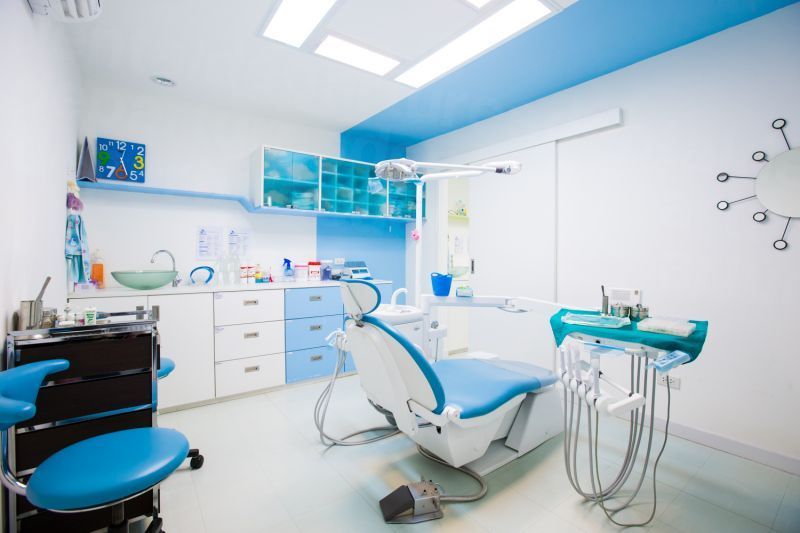Have you ever walked into a medical clinic and immediately felt at ease? How much attention have you paid to the vibrant colour schemes, thoughtful spatial planning, and adaptive furniture design? Is it possible that these elements influence your level of trust in the clinic? Welcome to the world of medical fitouts, where every detail matters. In this blog post, we delve into intelligent, wallet-friendly strategies for planning your medical fitouts. We will guide you through key considerations, current trends, and the balance of form and function, all tailored towards a cost-effective approach.

Understanding the Importance of Medical Fitouts
Why should one invest time, effort, and money in medical fitouts? It's vital to comprehend that the physical environment of a healthcare facility significantly influences patient comfort, staff efficiency, and overall clinic productivity. A well-planned fitout goes beyond aesthetics. It impacts how patients perceive the quality of care, how staff interact with their workspace, and ultimately, the clinic's reputation.
A crucial aspect of planning involves understanding the unique needs of the medical industry. The ultimate challenge is to strike a balance between providing a welcoming atmosphere for patients and ensuring a practical and efficient environment for staff.
What You Should Consider in Your Plan?
When planning your fitouts, think about your clinic's specific needs, patient demographics, and desired aesthetic. These will drive your choice of layout, furniture, and colour schemes. Equally important are regulations and standards for medical clinics, such as privacy, accessibility, and safety.
Keeping maintenance costs low over the long term is another pivotal aspect often overlooked during the planning phase. Hence, opt for durable materials and finishes that can withstand heavy use yet still maintain their appeal.
When to Revamp Your Medical Fitouts
There's no strict timeline for when medical fitouts should be revamped. However, common triggers include changes in medical practice, movement of staff, advancements in medical technology, or simply an outdated environment. If your clinic seems unable to meet current needs, perhaps it's time to consider a fitout revamp.

Who to Involve in Your Medical Fitout Planning
A comprehensive medical fitout plan usually involves several professionals, including architects, interior designers, contractors, and possibly even branding experts. However, involving your staff in the process will ensure their needs are met, improving satisfaction and productivity. Additionally, consider feedback from your patients, who can provide valuable insights into what makes them feel at ease.
Pros and Cons of Medical Fitouts
While beneficial, medical fitouts have their own set of challenges. The benefits include improved patient experience, better staff productivity, and the potential to attract more clients. However, the drawbacks can range from high initial costs to disruption of daily operations during the fitout process.
Current Trends in Medical Fitouts
Innovations in medical fitouts have primarily been patient centric. Aspects such as biophilic design (incorporating natural elements), warm and soothing colours, contemporary furniture, and efficient lighting are gaining popularity. Meanwhile, technology integration to improve patient care and staff efficiency has become a core essential of modern fitouts.
Conclusion
Planning a medical fitouts glen waverley can seem quite daunting, but approaching it strategically will allay many concerns. Prioritizing patient comfort, staff efficiency, and compliance with regulations is key. The right planning can transform your clinic into a welcoming, efficient space that boosts confidence in your medical services. Remember that while cost is an important factor, the main objective is creating a stimulating and efficient environment. In the end, a successful medical fitout is an investment that pays off in enhanced patient satisfaction, improved staff productivity, and a better overall healthcare experience.
